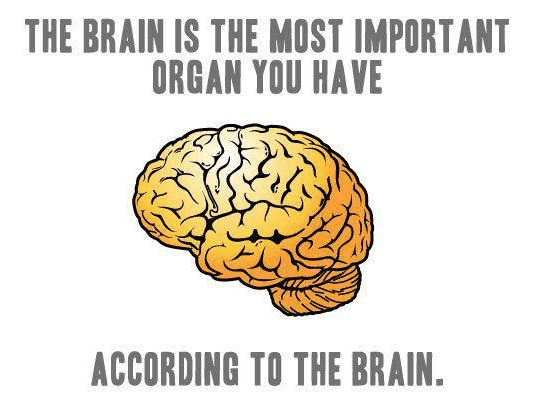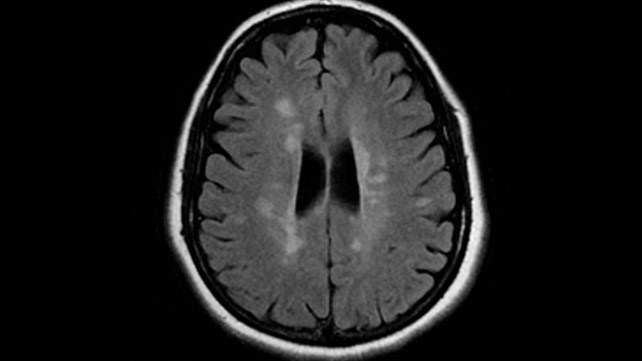What’s in your head?
Science Lesson
What is in your head? Your Brain of course. Ok, let’s hope most of you have a brain. I’m not so sure about everybody. But what is brain? What is it composed of?

The Brain is said to be one of the most complex systems in the entire universe—but for your sake, we will cover 4 main cells that compose the human brain. Some of them have strange greek/latin words so get ready!
- Neurons. Neurons steal the show when it comes to the brain. If someone had to guess they make up all of the brain cells we own but in reality, they only comprise about 10% of the brains mass. Most developed brains have about 80 Billion neurons. Their job is to convey signals using electrical and chemical impulses to the next neuron–forming a chain reaction of signals. These signals convey information and that information is in the form of pain, attention or excitement! But these neurons can’t do it alone—they need some help!
Glia.
These are the cells that work the hardest and never get any credit by the scientific media. Glia cells are derived from the word glue (what does glue do? It holds things together!). Approximately 90% of your brain by mass are composed of glia cells (or about 80 billion nominally as well). Glia cells are a class of cell, so let’s break it down into some specific types of glial cells. There are 3 of them.
- Astrocytes. Astrocytes are the really the superstar when it comes to glia cells. They are responsible for facilitating transactions across your blood brain barrier, they help with metabolism, they create those chemicals that the neurons need, they help the brain grow and learn, they regulate the brain recovering from injury, they give rise to stem cells (new cells), they even recycle! Astrocytes keep your brain running smoothly and healthily.
- Microglia. Microglia are the garbage men of the brain. They are much smaller than Astrocytes, but they help clean up the mess that’s found within the brain such as dysfunctional cells or starved cells. They are known as the immune cells of the central nervous system. Think of them as the defenders.
- Oligodendrocytes. Try saying that 3 times fast, I dare you. Oligodendrocytes are strange cells that latch onto neurons and provide them with support. How? They wrap neurons up in a sheath (similar to someone making cinnamon rolls) and coat it in this fatty tissue (also similar to cinnamon rolls…). This fatty tissue essentially helps the electricity (or signals) of neurons conduct or travel faster. They may seem uninteresting but research is demonstrating that if oligodendrocytes do not do their job, it is associated with some horrible brain diseases.
There you have it! 4 main cells that are inside your head.
One who conducts the messages of your emotions, pain, movement
One maintains the function & overall growth of the brain
One cleans up when harmful agents are present in the brain
One wraps the neurons up to make sure they transmit information smoothly
In reality, it’s not this simple but now you can go on and tell your friend you know about the most complicated thing in the universe!
#StayOnTheBall


